Summary
- Some games discourage killing to increase difficulty and alter outcomes significantly by punishing players.
- Stealth gameplay mechanics make killing others illogical and counterproductive, hindering progression.
- In games like RollerCoaster Tycoon, killing leads to bad PR and less popularity, yet remains a common player activity.
Killing is a common mechanic in many video game genres. When it’s the player versus anyone else, generally the former is the highest priority. Some games necessitate the killing of others, as they will either kill the player otherwise, or simply disallow them from progressing when they are alive. After all, eliminating a piece of code shouldn’t have the same weight as a living, breathing person, right?
That said, some games will still discourage players from killing others in-game. The basis for this mechanic can be moral or pragmatic, depending on the genre. These games let players kill, but still punish them for doing so.
2:29

Related
6 Stealth Games Worth Playing Just For Their Stories
Stealth-based video games can have surprisingly complex narratives, and these titles prove it.
5
Dishonored
Stealth Is Key
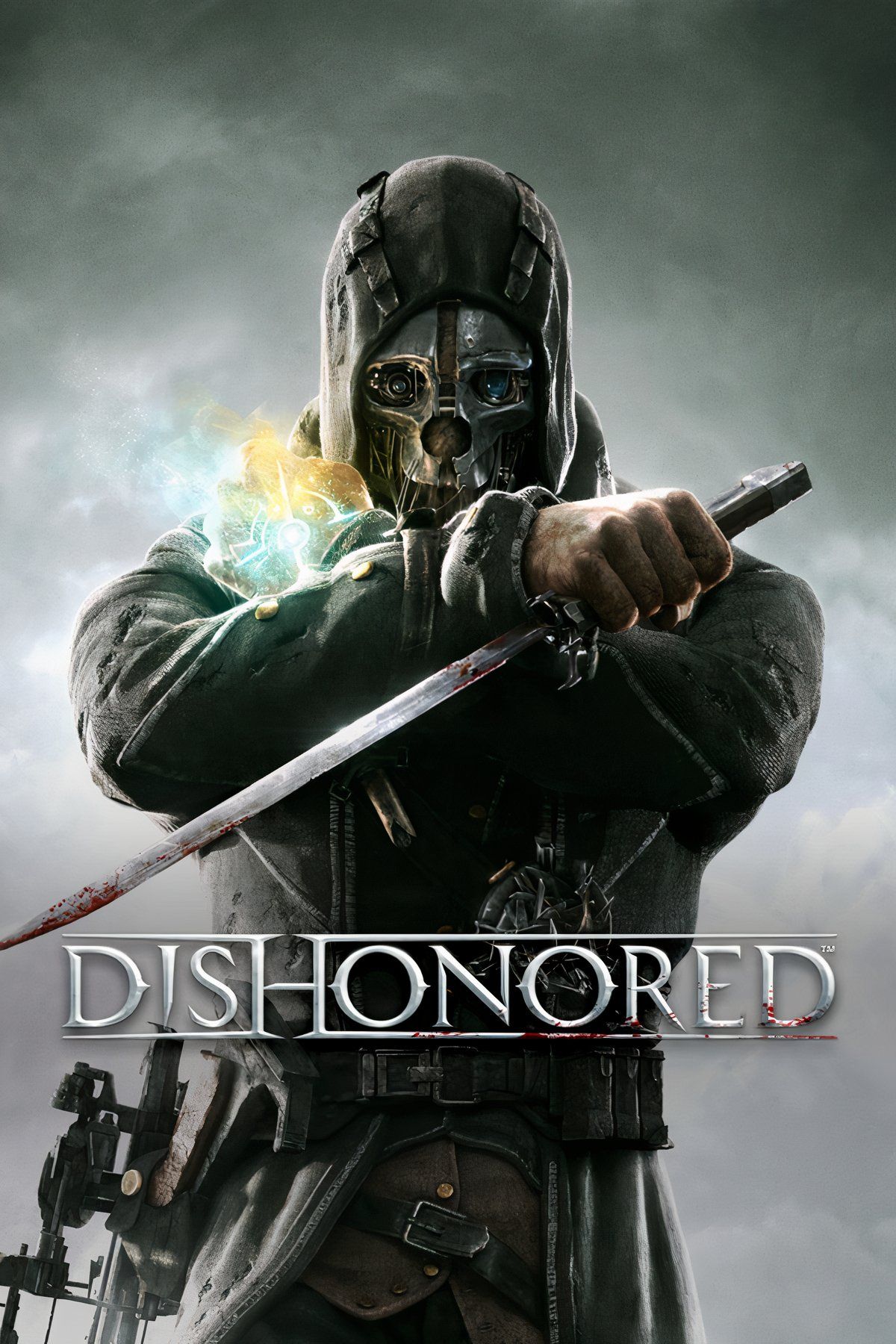
- Released
-
October 9, 2012
- ESRB
-
M For Mature 17+ Due To Blood and Gore, Intense Violence, Sexual Themes, Strong Language
- Punishment: Chaos increases with each human kill, which leads to harder gameplay and worse outcomes.
In stealth games, killing has become increasingly frowned upon. This makes sense from both a logical and gameplay-oriented perspective. Leaving a trail of blood, and oftentimes the act of killing someone in general, is one of the least stealthy things a person can do. As far as gameplay goes, stealth is pointless if one can merely eliminate those who would witness them.
Dishonored stars Corvo Attano, a royal guard bodyguard falsely accused of assassinating Jessamine, the Empress he was to protect. The game deliberately makes Corvo a blank canvas, so the player can decide the type of person he is through his actions. However, the game itself will still make judgment calls against certain actions Corvo can take, such as killing. This is likely due to the initial allegation against Corvo falsely painting him as a killer.
Killing most humans in Dishonored will increase the difficulty of the game and give the player worse endings if committed in excess, as part of the game’s Chaos mechanic. High Chaos also results in more negative interactions between Corvo and others, and a generally more cynical experience.
4
Scribblenauts Unmasked
Anti-Killing As a Difficulty Curve
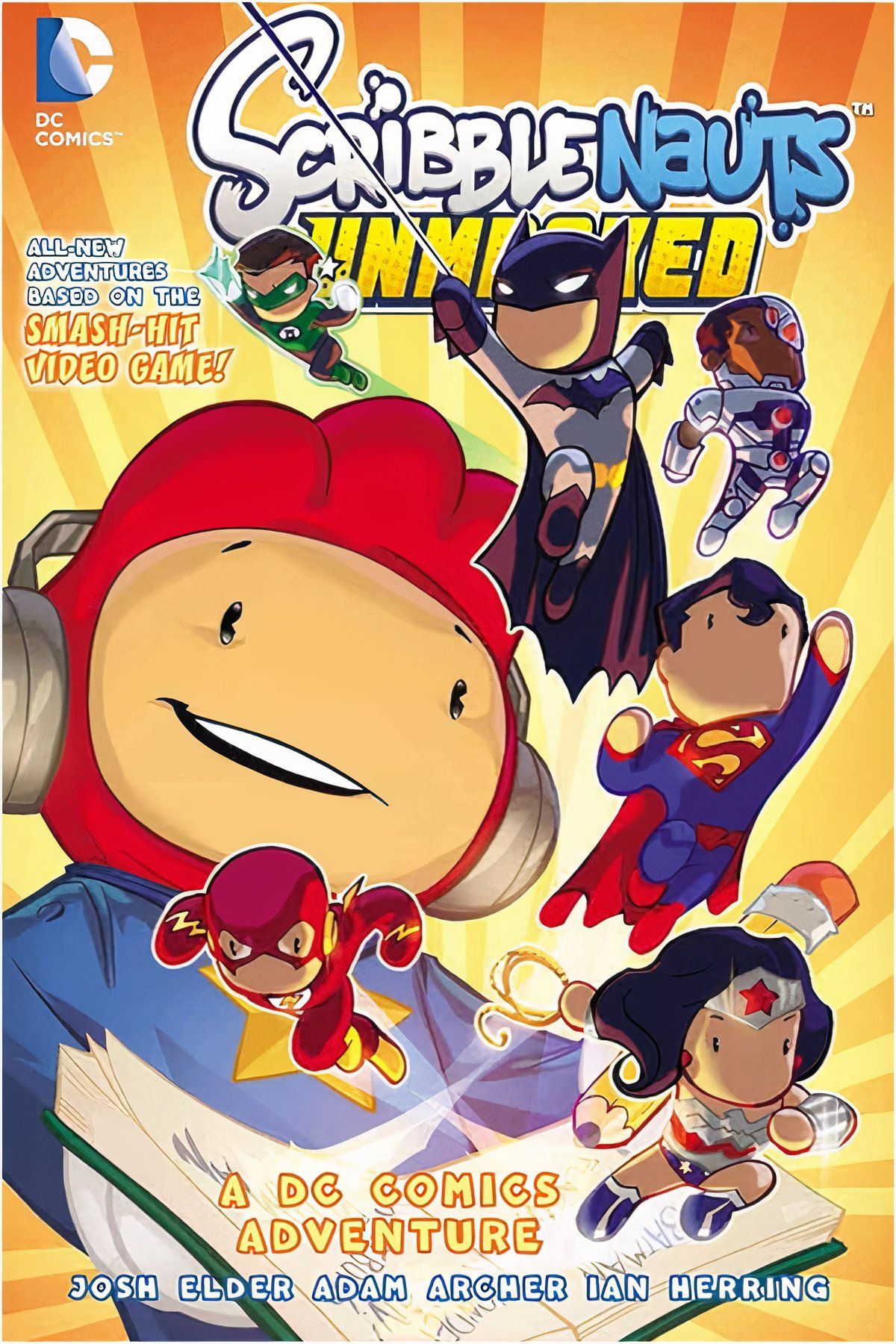
- Released
-
September 24, 2013
- Franchise
-
DC
- Publisher(s)
-
Warner Bros. Games
- Punishment: Docking of points if done uncreatively, or Game Over in Mission Mode.
Scribblenauts Unmasked is a distinctive entry in the greater Scribblenauts series. It allows the protagonist, Maxwell, to call upon many heroes and villains in the DC Comics roster. Maxwell’s notebook makes him a powerful figure, allowing him to write adjectives to strengthen himself and weaken his enemies. He can even add certain words such as “dead” to his enemies, to kill them himself with little effort.
However, certain adjectives, such as the aforementioned “dead,” diminish the points a player can collect from most locations on the map. Additionally, if certain story-focused levels or “missions” are not completed to a particular specification, a “game over” is triggered. These fail states can include an enemy’s unnecessary death.
Although certain DC heroes, like Batman, are against killing as part of their moral code, this mechanic seems more rooted in the idea that a game where the player can create virtually anything shouldn’t be too easy to beat. In the event that Maxwell can outright vanquish enemies when not directly in combat with them, a slightly harder, more creative approach is key, in true Scribblenauts fashion.
3
RollerCoaster Tycoon
Bad For Business
- Punishment: Bad PR, lower turnout, lower score for the park.
The act of killing and its consequences are often explored through a moral lens in fiction. However, RollerCoaster Tycoon presents the consequences in a corporate context. These are not taken super seriously or explored in-depth, but people frequently dying at a business can certainly decrease shareholder value. There are various actions the player can take to kill people at their amusement park, including but not limited to many faulty ride designs. Naturally, death makes the park less popular, and lowers its overall rating. As a result, the player fails at accomplishing certain objectives.
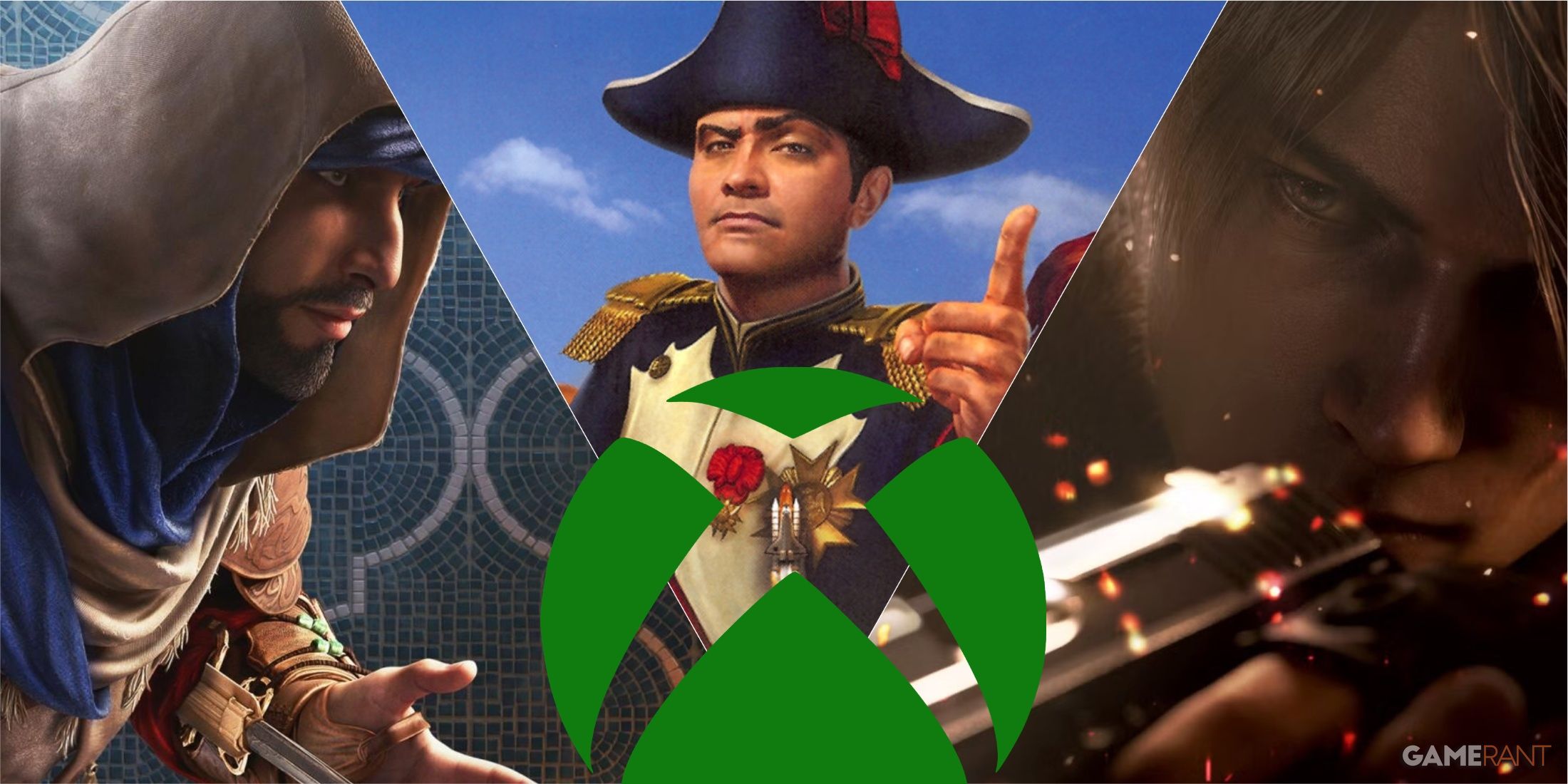
Related
Xbox Game Pass New Games for March 2025 Wish List
There’s just one game confirmed for Xbox Game Pass’ March 2025 line-up, and it’s going to need a lot more than that to keep subscribers invested.
It should be noted that, despite these consequences, killing people is one of the most popular pastimes in the RollerCoaster Tycoon series. There are several videos on YouTube, including ones made by popular creators like PeanutButterGamer and Vargskelethor Joel, covering games in the series and the ability to kill guests within it. This proves that even when certain games discourage killing, that doesn’t stop people from doing it.
2
Dark Souls
NPC Permadeath
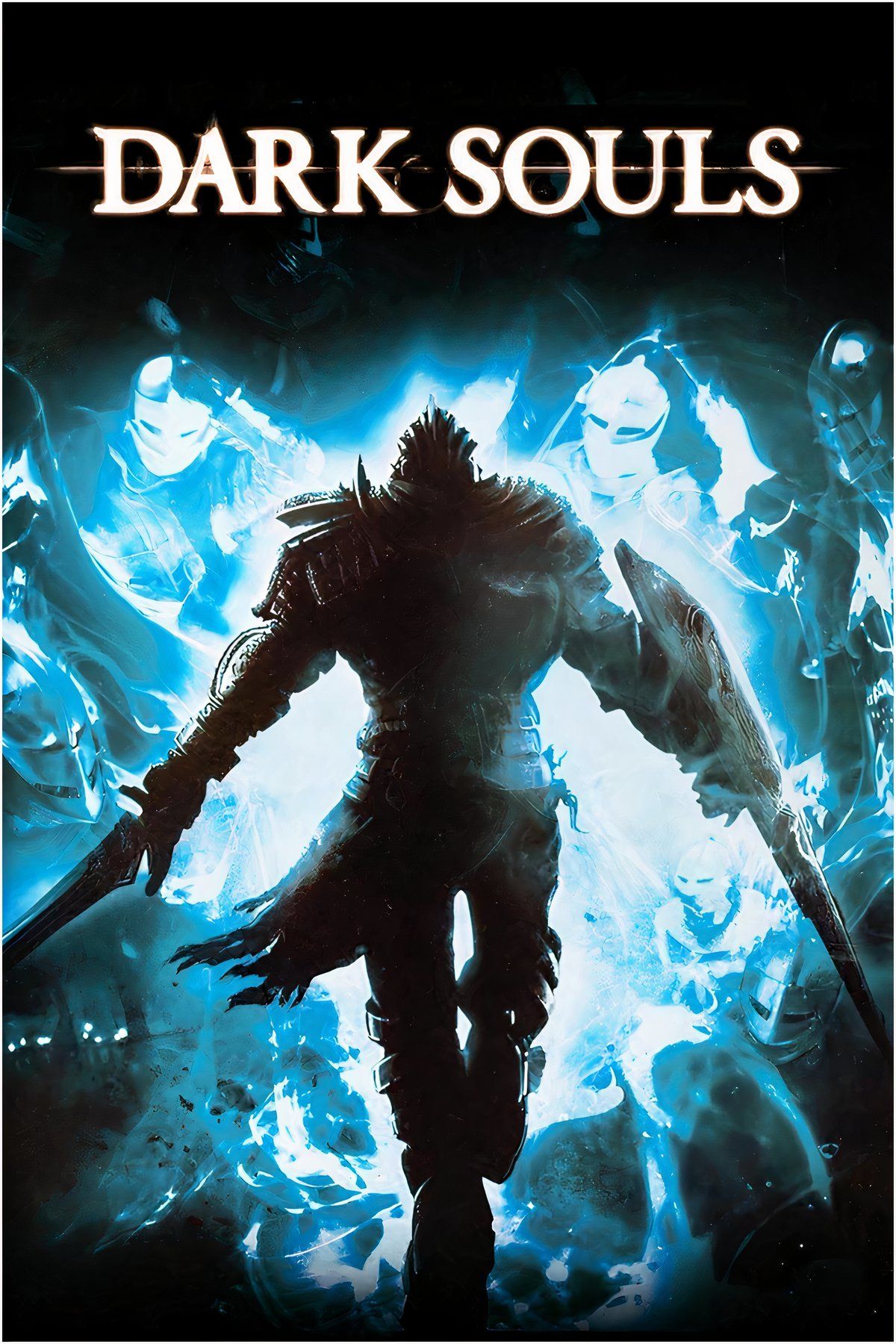
- Released
-
September 22, 2011
- ESRB
-
M for Mature: Blood and Gore, Partial Nudity, Violence
- Punishment: No more services from slain NPCs.
Dark Souls is not wholly averse to killing as a concept. That said, it is still an infamously difficult game that makes certain mechanics much harder than they are in other similar RPGs. A level of restraint regarding whom the player kills is encouraged, particularly when it comes to NPCs. A good number of them can be killed, but coming back is a whole other story.
Killing an NPC leads to the player missing out on whatever they would offer while alive. This means certain weapons forged by blacksmiths, armor sold by vendors, or other similar staple RPG mechanics can be blotted out by a crazed enough killer. However, most NPCs still drop items upon dying. If a player is bloodthirsty enough to get these drops, it is recommended to wait until they no longer want said NPC’s services, such as near the game’s end.
1
Undertale
A Transcendent Evil
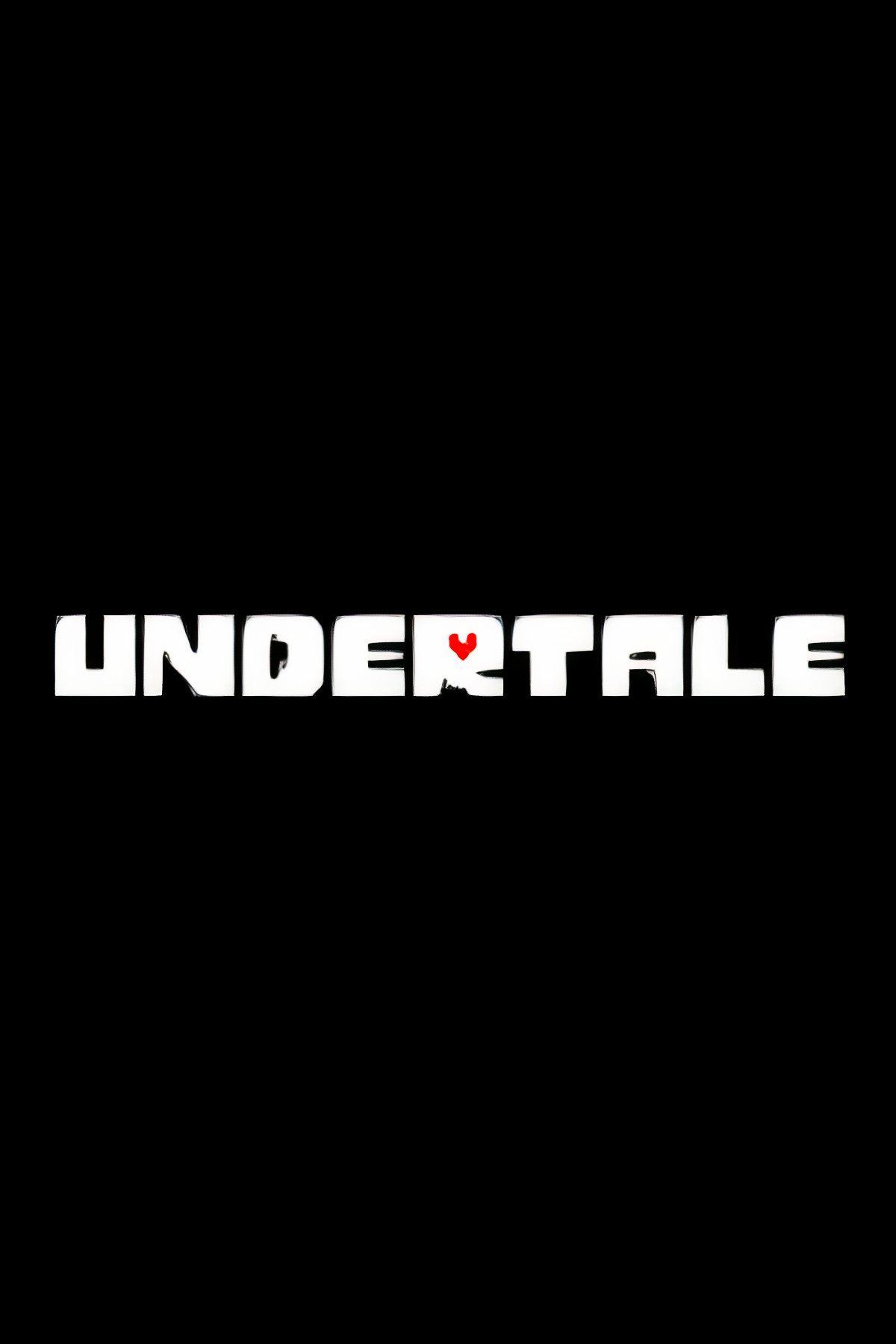
- Released
-
September 15, 2015
- Publisher(s)
-
Toby Fox, 8-4
- Punishment: Continual reminders of the “Genocide Route,” even after completing subsequent playthroughs on different routes.
Many games will allow the player a choice to be good or evil, with their actions reflecting how people view them up to the ending. They may also allow the player certain privileges absent on opposite routes. This method encourages repeated plays and allows the altered gameplay to affect the story. However, it is arguable how much of a “punishment” this itself is in practice.

Related
Cross-Platform Games That Are Best Played On Nintendo Switch
These games are available on many platforms, but the Switch’s portability makes the console a perfect fit.
Undertale deconstructs this style of game with its own take on it. The darkest path the player can take, known as the “Genocide Route”, ends with the player at the mercy of the first human, or Chara, as they are officially named. After having wiped out every single monster underground, they will be praised, and given a false choice of whether they wish to erase the world (it will be erased no matter what.)
In exchange for the protagonist’s SOUL, the world can be restored, but the True Pacifist and Genocide Routes will be permanently altered. The True Pacifist Route will end with Chara, reminding the player of their choice to have previously wiped out the world they chose to save this time around. This will serve as a reminder that in Undertale, even across separate worlds and realities, actions have consequences and some things can never be taken back.
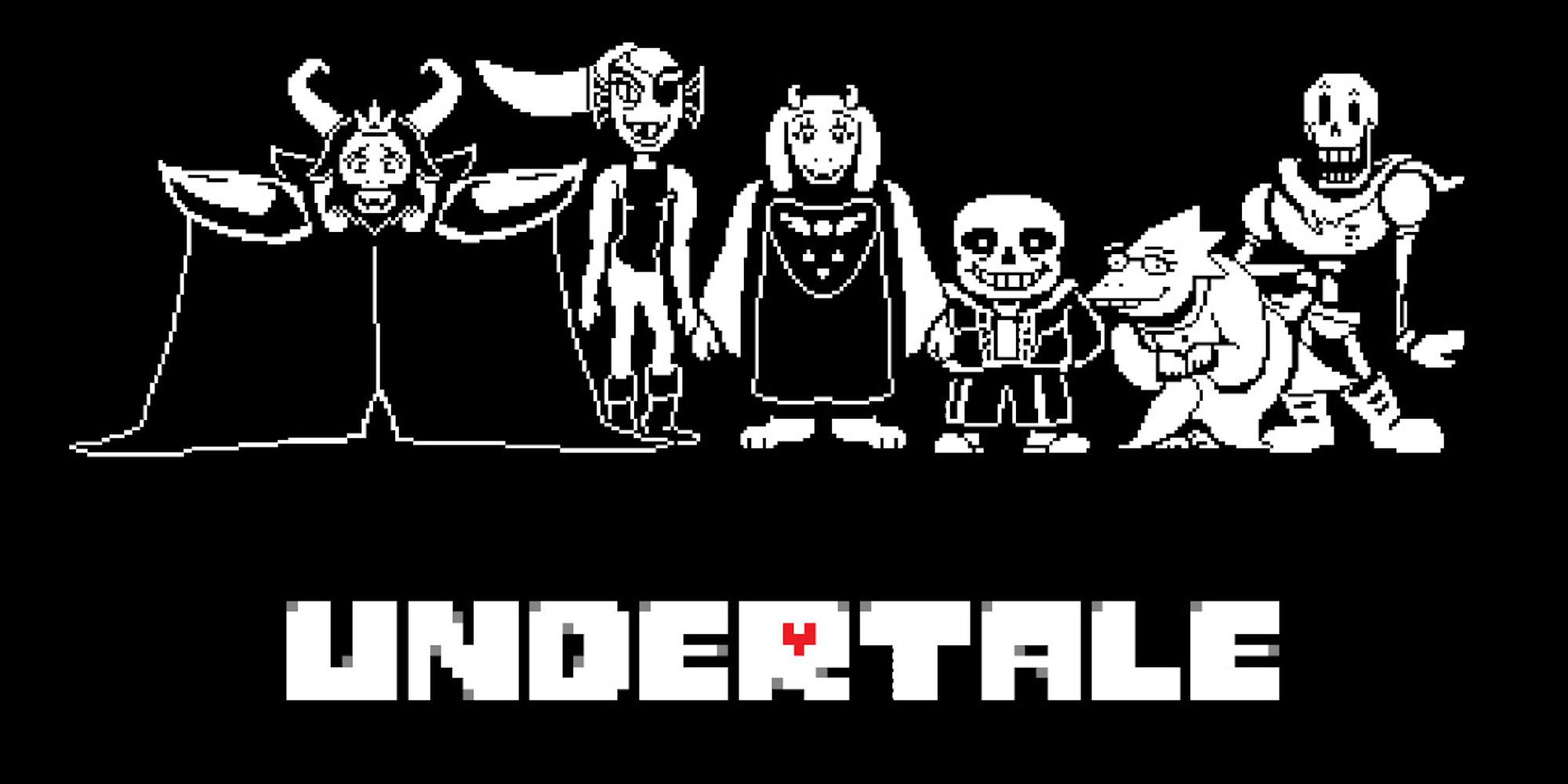
More
Undertale: Most Evil Decisions
These are the most evil decisions players can make in Undertale.
Source link
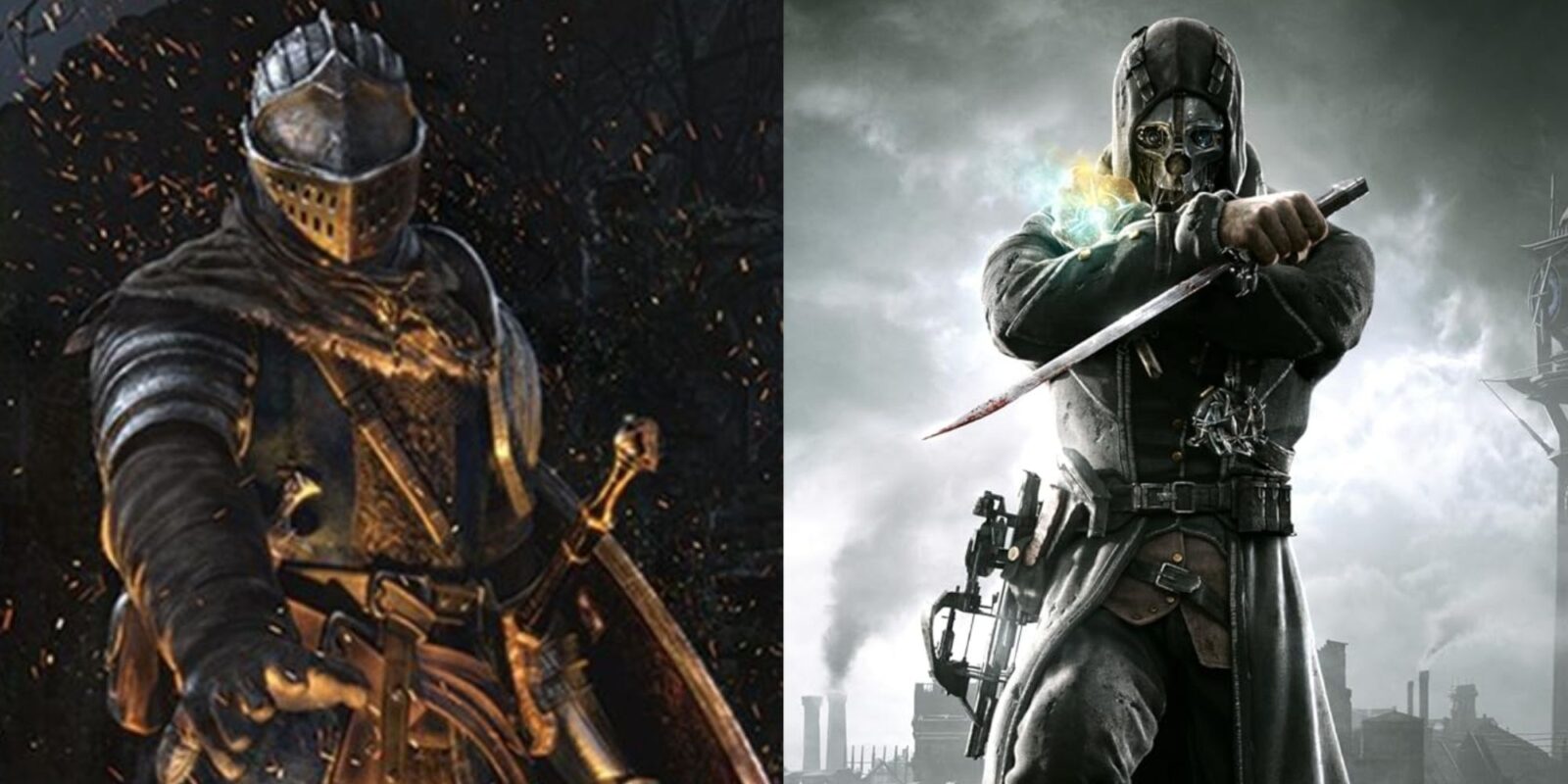





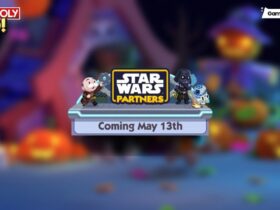






Leave a Reply